Home>Kitchen & Cooking>Food Storage Solutions>How To Organize A Freezer Chest
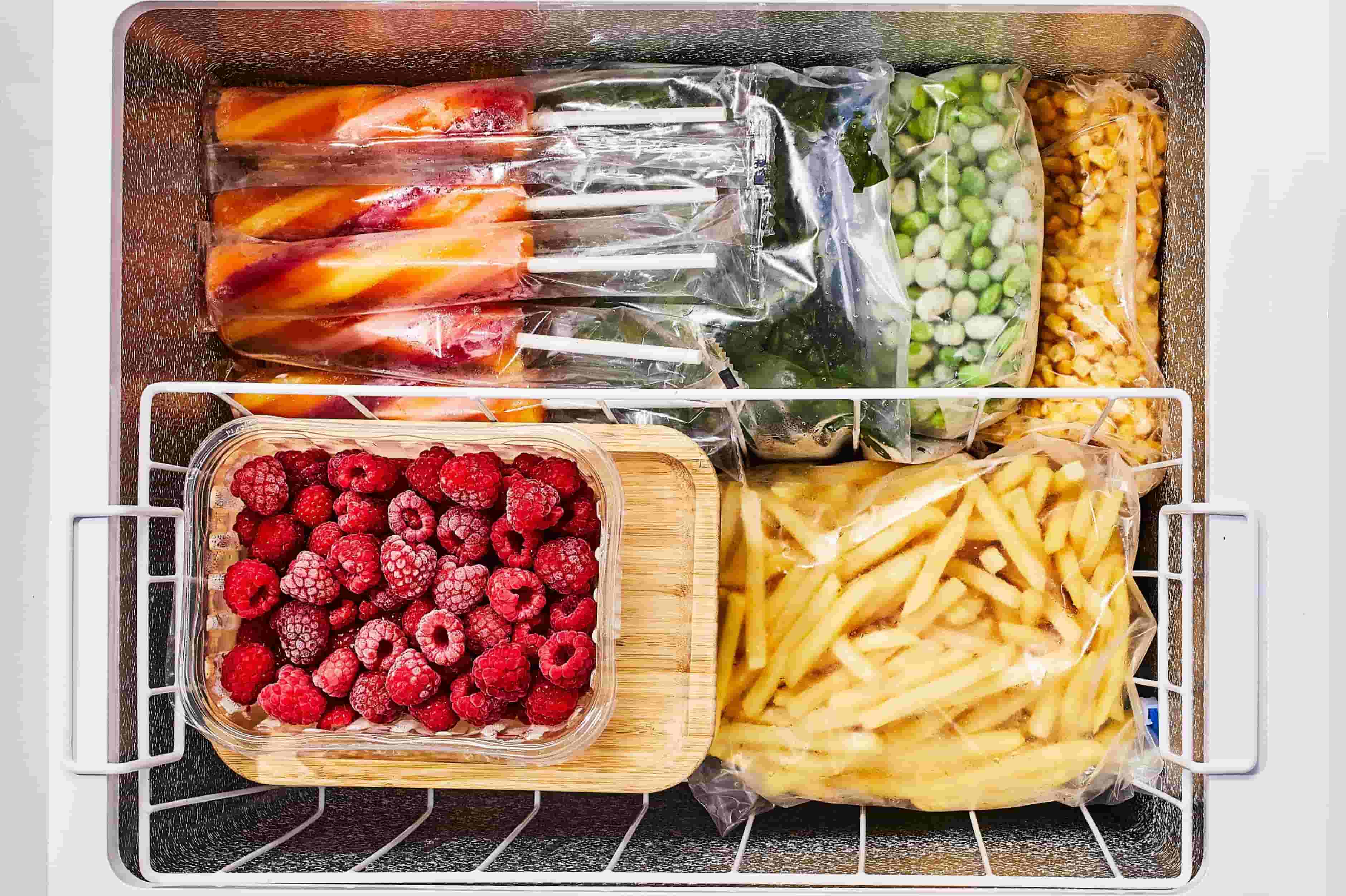

Food Storage Solutions
How To Organize A Freezer Chest
Modified: October 20, 2024
Learn how to efficiently organize your freezer chest with these food storage solutions. Keep your frozen items easily accessible and neatly arranged.
(Many of the links in this article redirect to a specific reviewed product. Your purchase of these products through affiliate links helps to generate commission for Storables.com, at no extra cost. Learn more)
Introduction
Organizing a freezer chest can be a daunting task, especially when it's filled to the brim with various items. However, with the right approach and some clever strategies, you can transform the chaos into a well-organized and efficient storage space. In this article, we'll explore the step-by-step process of organizing a freezer chest, from assessing the available space to implementing a labeling and inventory system. By the end of this guide, you'll have the knowledge and tools to keep your freezer chest tidy and easily accessible. Let's dive in and reclaim control of your frozen goods!
Key Takeaways:
- Keep your freezer chest organized by assessing space, sorting items, choosing the right containers, and implementing a labeling system. This ensures easy access and minimizes food waste.
- Maximize freezer space with vertical storage, space-saving bags, and drawer organizers. Regularly maintain and update the organization to prevent items from expiring and ensure efficient use of space.
Assessing Your Freezer Chest Space
Before diving into the organization process, it's crucial to assess the available space in your freezer chest. Start by emptying the entire contents of the freezer onto a clean surface. This will allow you to take stock of what you have and evaluate the space you're working with. Take note of any odd-shaped items or bulky packages that may require special consideration when it comes to storage. Additionally, check for any expired or freezer-burned items that need to be discarded. Once you have a clear view of the contents and the space, you can proceed to the next steps with a better understanding of your freezer chest's capacity and limitations.
- Measure the interior dimensions of the freezer chest to determine the exact space available for storage.
- Take note of any shelves, baskets, or compartments within the freezer that can be utilized for specific items.
- Consider any limitations such as uneven cooling zones or areas prone to frost buildup, which may affect the placement of items.
- Evaluate the condition of the freezer chest, including the seal, temperature consistency, and any maintenance issues that may impact organization.
By thoroughly assessing your freezer chest space, you'll be better equipped to plan and implement an effective organization system that maximizes the available storage while accommodating the specific needs of your frozen items.
Sorting and Categorizing Items
Once you have a clear understanding of your freezer chest space, it's time to sort and categorize the items you removed from the freezer. This step is essential for creating an organized and efficient storage system. Start by grouping similar items together, such as meats, vegetables, fruits, prepared meals, and desserts. Sorting items into categories will not only make it easier to find specific items when needed but also help in planning the layout of your freezer chest.
- Separate items that require different storage conditions, such as raw meats and seafood, from other frozen goods to prevent cross-contamination.
- Consider creating subcategories within larger groups, such as dividing meats into poultry, beef, and pork, or organizing frozen fruits by type.
- Take note of any items that need to be used soon and prioritize them for easy access within the freezer.
- Discard any items that are expired, freezer-burned, or no longer safe for consumption.
By sorting and categorizing your frozen items, you'll lay the foundation for a well-organized freezer chest that not only maximizes space but also makes it effortless to locate specific items when the time comes to retrieve them.
Choosing the Right Containers
Selecting the appropriate containers for your freezer chest is crucial in maintaining an organized and efficient storage system. When it comes to choosing containers, opt for options that are durable, airtight, and freezer-safe. Here are some key considerations to keep in mind when selecting containers for your frozen goods:
-
Material: Look for containers made from materials specifically designed for freezer use, such as BPA-free plastic, glass, or heavy-duty freezer bags. These materials are resilient to low temperatures and help prevent freezer burn.
-
Size and Shape: Choose containers that are stackable and uniform in size to maximize the use of space within the freezer chest. Rectangular or square-shaped containers are often more space-efficient than round ones.
-
Airtight Seals: Ensure that the containers have secure, airtight seals to prevent air from entering and causing freezer burn. This is especially important for long-term storage of items.
-
Visibility: Opt for transparent containers or those with clear lids to easily identify the contents without having to open each container. This can save time and prevent unnecessary exposure to warmer air.
-
Dividers and Compartments: Consider containers with built-in dividers or compartments, especially for smaller items or those that you'd like to keep separated within the freezer.
-
Labeling Compatibility: Choose containers that allow for easy labeling, whether through writable surfaces, attachable labels, or clear areas for adhesive labels. Proper labeling is essential for maintaining an inventory system and knowing the contents of each container at a glance.
By selecting the right containers for your freezer chest, you can ensure that your frozen items are stored securely, efficiently, and with minimal risk of freezer burn or deterioration. This step sets the stage for a well-organized and functional freezer chest.
Use clear plastic bins or baskets to group similar items together in your freezer chest. This will make it easier to find what you need and keep your freezer organized.
Labeling and Inventory System
Implementing a labeling and inventory system is a crucial step in maintaining a well-organized freezer chest. By clearly labeling and tracking the contents of your freezer, you can easily locate specific items, keep track of expiration dates, and prevent food waste. Here's how to establish an effective labeling and inventory system for your freezer chest:
-
Labeling Containers: Use adhesive labels, masking tape, or erasable markers to label each container with the contents and the date of freezing. This simple yet effective method allows you to identify items without having to open each container, minimizing exposure to warmer air.
-
Inventory List: Create an inventory list of all the items stored in your freezer chest. This can be a digital document, a whiteboard, or a simple pen-and-paper list attached to the freezer. Update the list each time you add or remove items from the freezer. This inventory list serves as a quick reference for the contents of your freezer, helping you keep track of what you have and what needs to be used soon.
-
Categorize and Group: Organize your inventory list by categories, such as meats, vegetables, fruits, and prepared meals. This grouping makes it easier to locate specific items and plan meals based on what's available in the freezer.
-
Expiration Dates: Note the expiration dates of frozen items on the inventory list. This allows you to prioritize items that need to be used sooner and helps in preventing food waste by ensuring that older items are used before newer ones.
-
Rotation System: Implement a rotation system for your frozen items. When adding new items to the freezer, place them behind older items to ensure that the older ones are used first. This practice helps in maintaining the freshness of your frozen goods and prevents items from being forgotten and expiring.
By establishing a labeling and inventory system, you can maintain a well-organized freezer chest that not only maximizes space but also allows for easy tracking and retrieval of items. This systematic approach helps in reducing food waste, saving time, and ensuring that you make the most of your frozen storage.
Read more: How To Organize A Freezer
Maximizing Space with Organization Hacks
When it comes to organizing a freezer chest, maximizing space is essential for efficient storage and easy access to items. Here are some organization hacks to make the most of the available space in your freezer chest:
-
Utilize Vertical Space: Consider using stackable bins or baskets to take advantage of the vertical space within the freezer chest. By stacking items vertically, you can create layers of storage without sacrificing accessibility.
-
Invest in Space-Saving Bags: Vacuum-sealed storage bags are a game-changer when it comes to maximizing space in a freezer chest. These bags remove excess air, allowing items to be stored flat and compact, optimizing every inch of space.
-
Use Shelf Dividers: If your freezer chest has built-in shelves, consider using shelf dividers to create separate compartments for different items. This prevents smaller items from getting lost and makes it easier to maintain an organized layout.
-
Consider Drawer Organizers: If your freezer chest features sliding drawers, invest in drawer organizers to segment the space and keep items neatly separated. This is particularly useful for storing smaller items such as frozen berries or individual portions.
-
Implement a FIFO System: FIFO, which stands for "first in, first out," is a method commonly used in commercial kitchens and can be applied to home freezer organization. By placing newer items behind older ones, you ensure that the older items are used first, reducing the risk of items being forgotten and expiring.
-
Create Zones for Different Categories: Designate specific areas within the freezer chest for different categories of items, such as a section for meats, a section for frozen vegetables, and a section for prepared meals. This zoning approach streamlines the retrieval process and maintains a structured layout.
-
Use Freezer-Safe Organizers: Invest in freezer-safe bins, baskets, and organizers to group similar items together. These organizers not only keep items contained but also make it easier to pull out a specific category of items without disrupting the entire freezer chest.
By implementing these organization hacks, you can effectively maximize the space within your freezer chest, creating a well-organized and easily accessible storage system for your frozen goods. These strategies not only optimize space but also contribute to a more efficient and stress-free freezer organization experience.
Maintaining and Updating Your Freezer Chest Organization
Maintaining the organization of your freezer chest is an ongoing process that requires regular attention and updates to ensure its efficiency and functionality. Here are essential tips for maintaining and updating your freezer chest organization:
-
Regular Inventory Checks: Schedule regular inventory checks of your freezer chest to assess the contents and identify items that need to be used soon. This practice helps in preventing items from being forgotten and expiring, as well as in planning meals based on the available frozen goods.
-
Rotating Items: Continuously rotate the items in your freezer chest to ensure that older items are used before newer ones. This practice not only maintains the freshness of your frozen goods but also prevents food waste by prioritizing the consumption of older items.
-
Cleaning and Defrosting: Periodically clean and defrost your freezer chest to maintain its efficiency and cleanliness. Remove any ice buildup, wipe down the interior, and check for any spills or leaks that may affect the organization of the freezer. A clean and well-maintained freezer chest contributes to a more organized storage space.
-
Updating Labels and Inventory: As items are added or removed from the freezer chest, update the labels on containers and the inventory list. This ensures that the information is accurate and up to date, allowing for easy tracking and retrieval of items.
-
Adjusting Layout: Over time, you may find that certain items are accessed more frequently than others. Consider adjusting the layout of your freezer chest to accommodate the most frequently used items in easily accessible areas. This may involve rearranging containers or adjusting the placement of items to better suit your needs.
-
Reassessing Storage Needs: As your frozen storage needs change, reassess the organization of your freezer chest to accommodate new items or adjust the layout based on usage patterns. This proactive approach ensures that your freezer chest remains well-organized and tailored to your specific requirements.
By implementing these maintenance and updating practices, you can ensure that your freezer chest organization remains efficient, accessible, and conducive to preserving the quality of your frozen goods. Regular attention to the organization of your freezer chest contributes to a well-maintained and functional storage space for your frozen items.
Frequently Asked Questions about How To Organize A Freezer Chest
Was this page helpful?
At Storables.com, we guarantee accurate and reliable information. Our content, validated by Expert Board Contributors, is crafted following stringent Editorial Policies. We're committed to providing you with well-researched, expert-backed insights for all your informational needs.

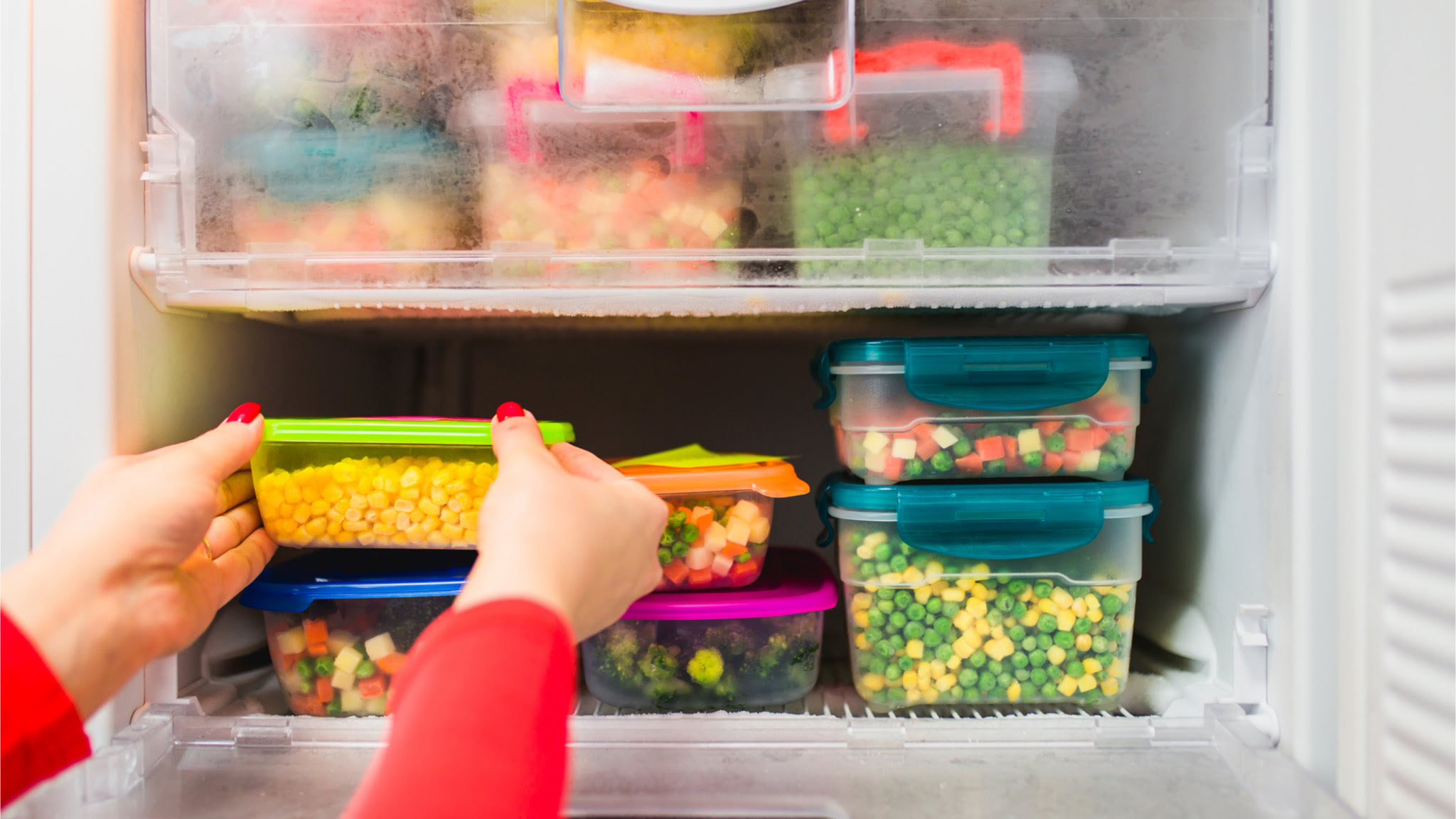

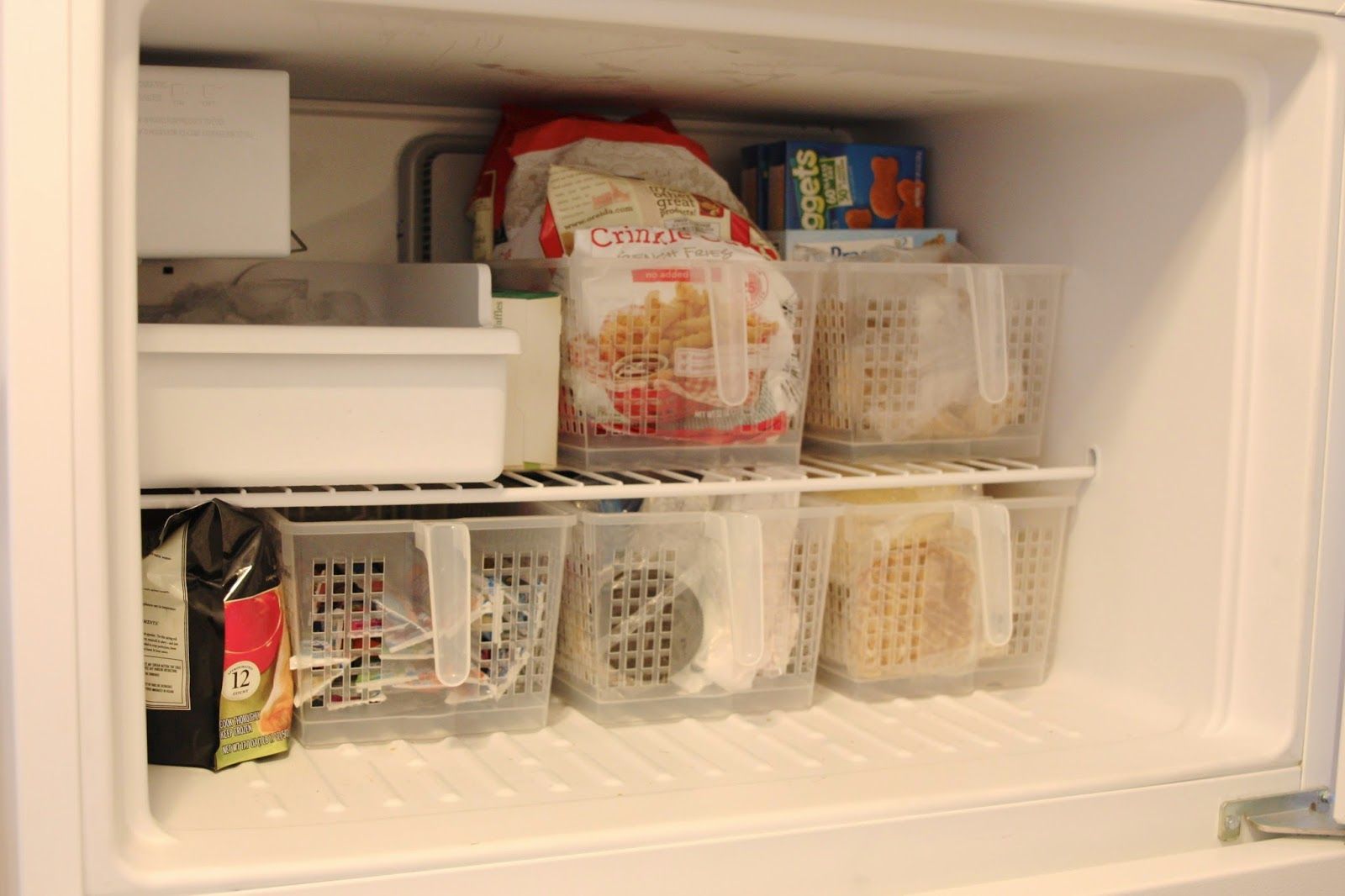
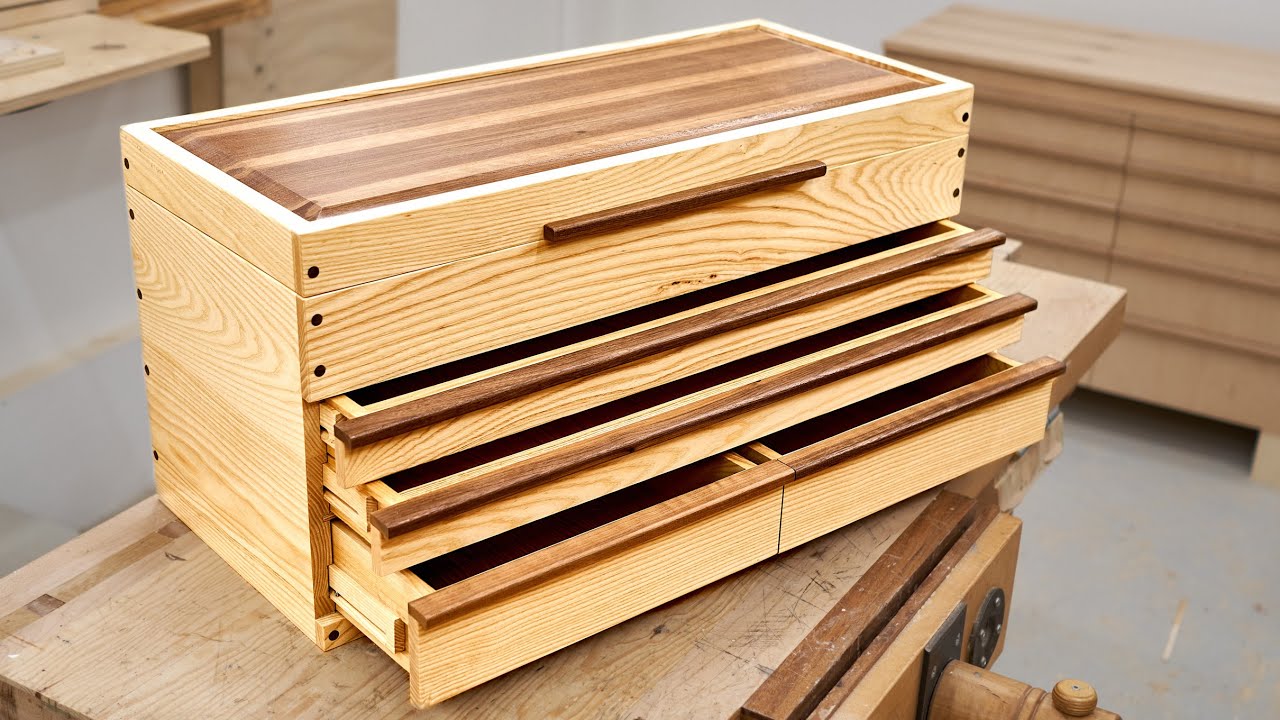
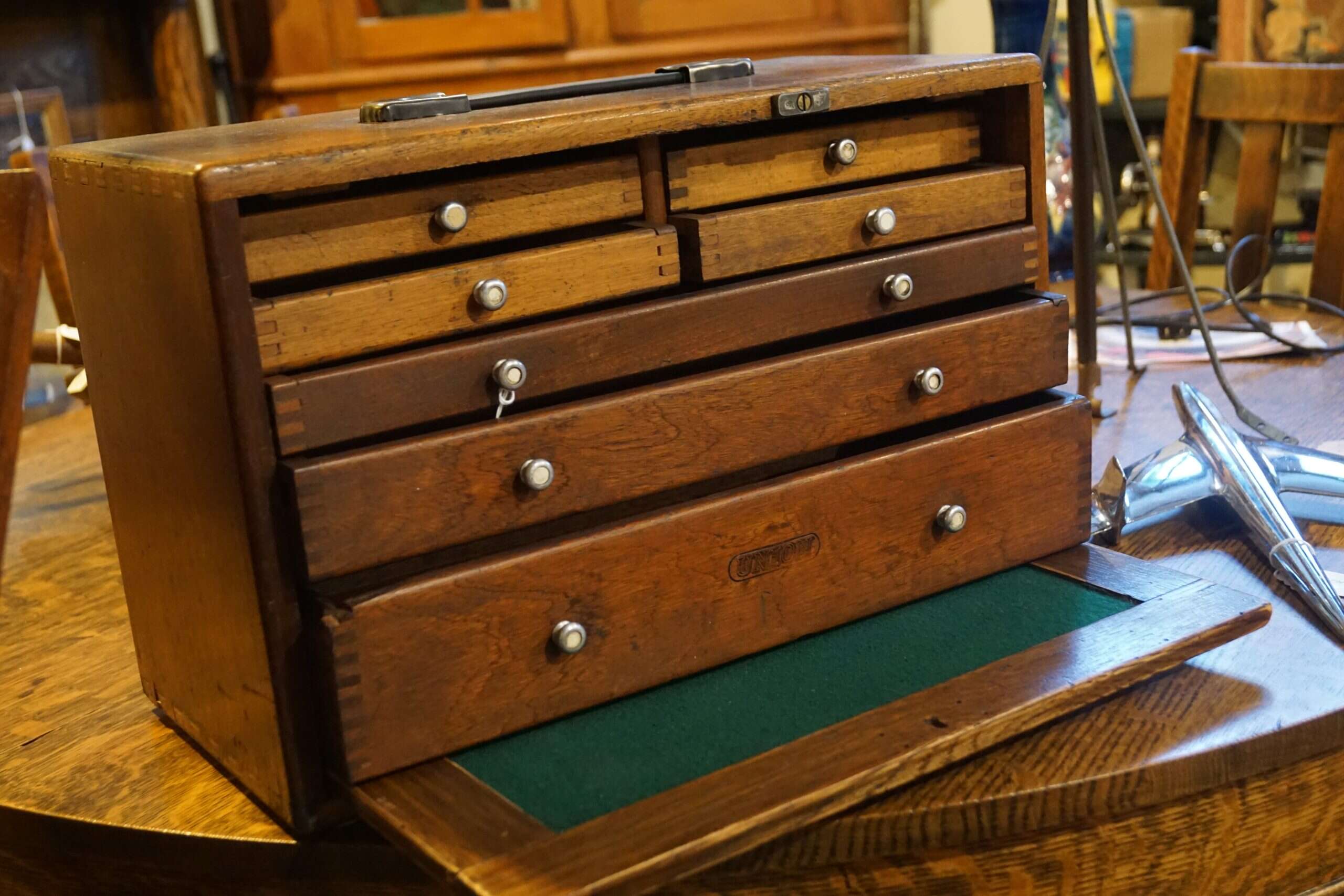
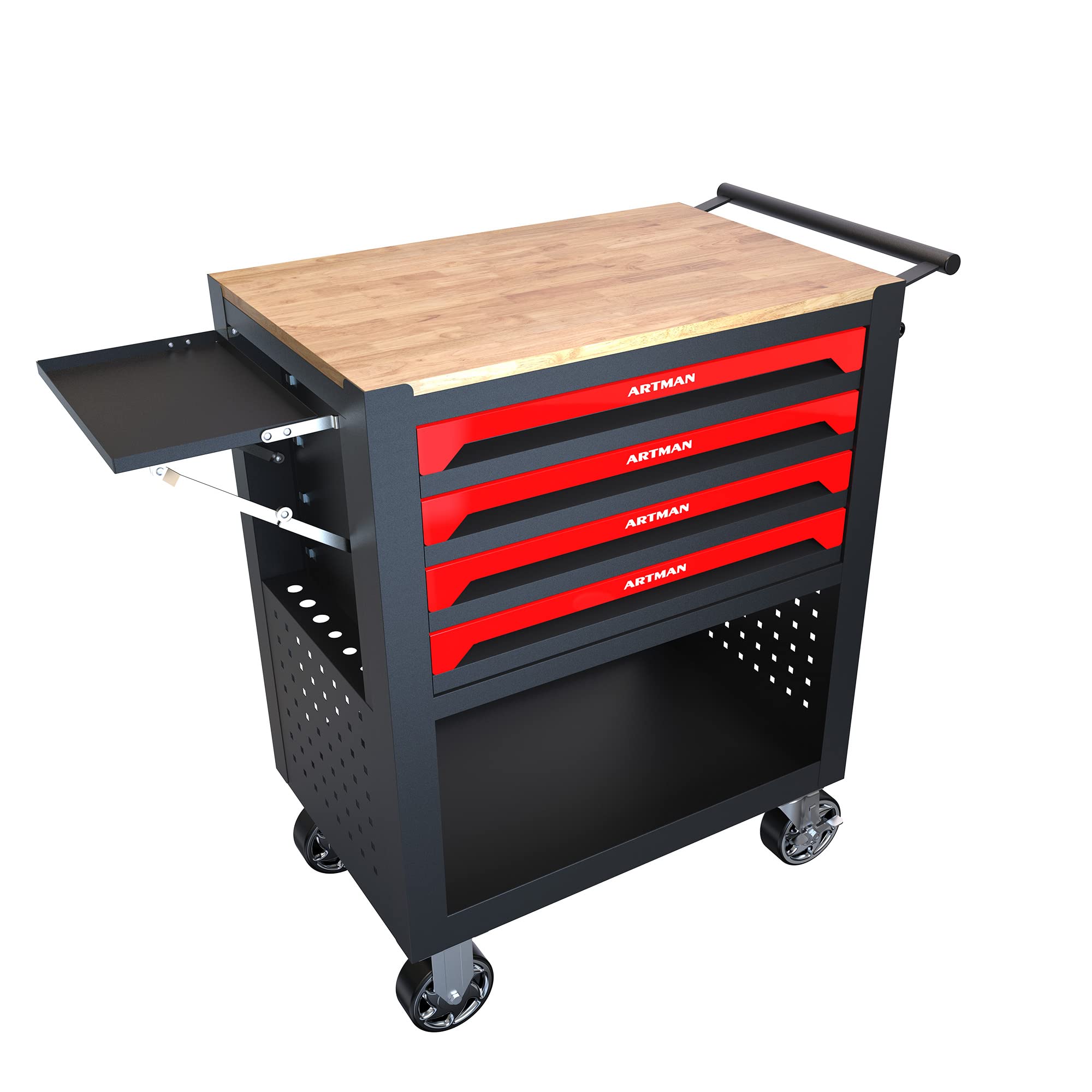
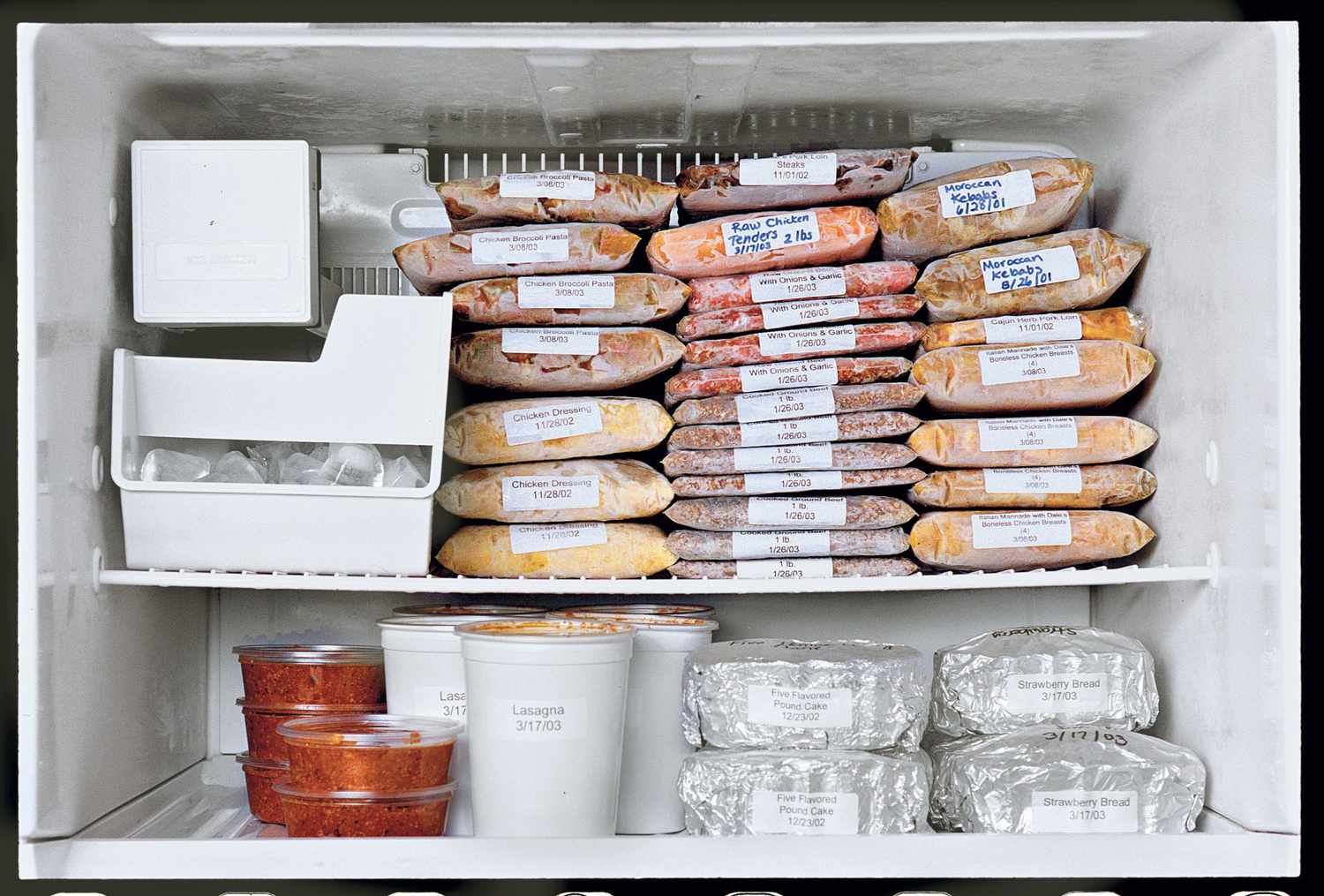
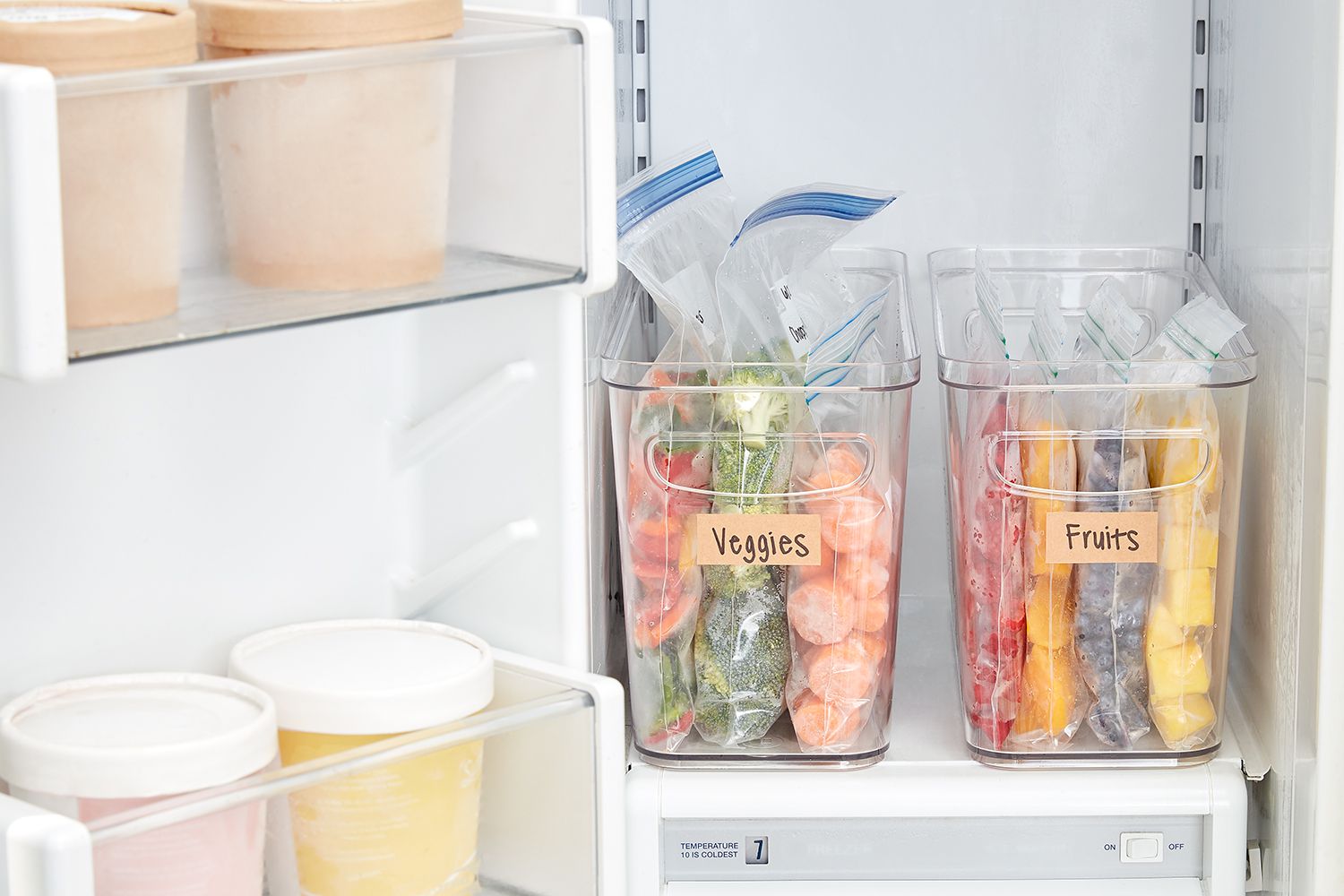
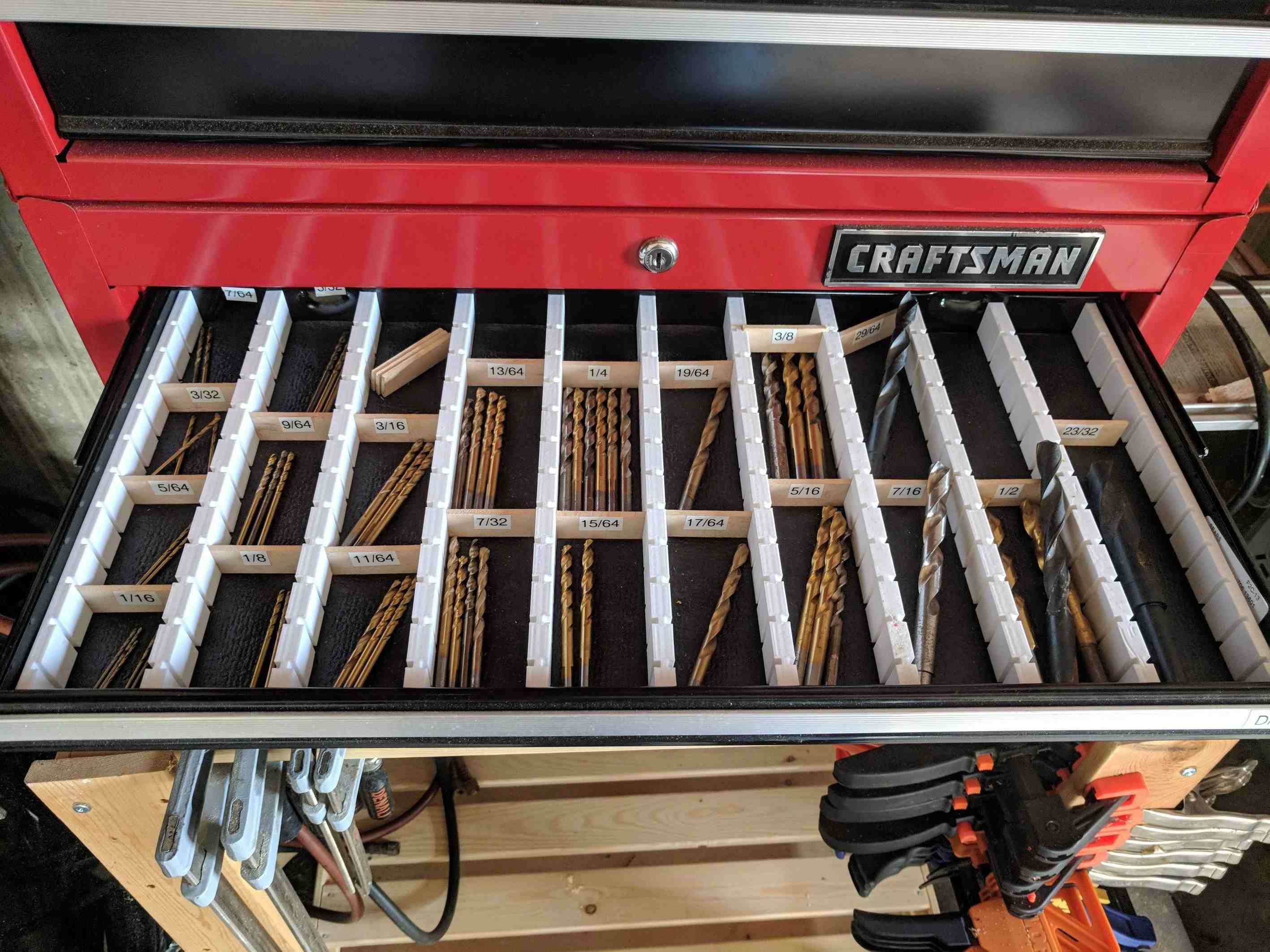
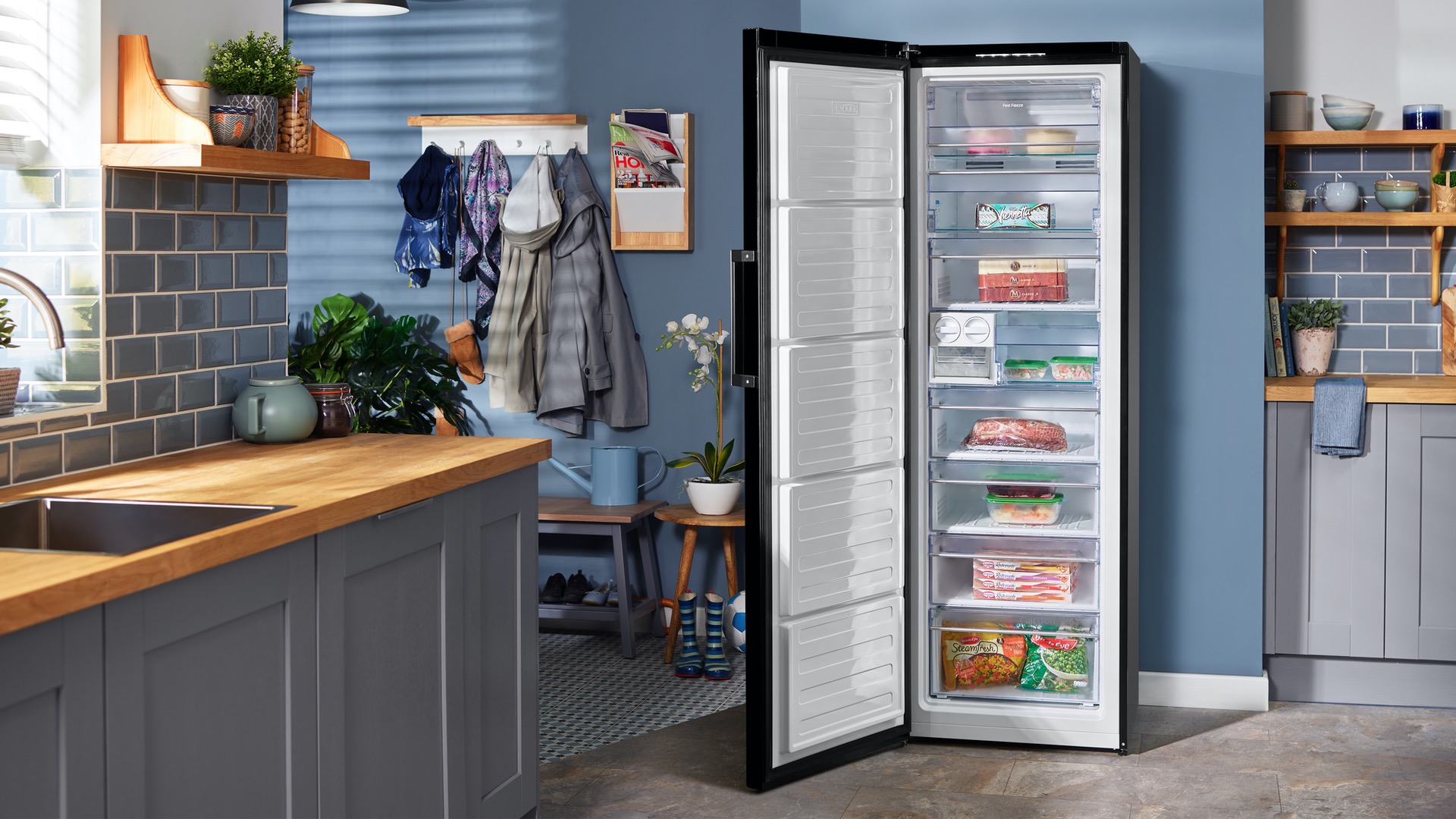
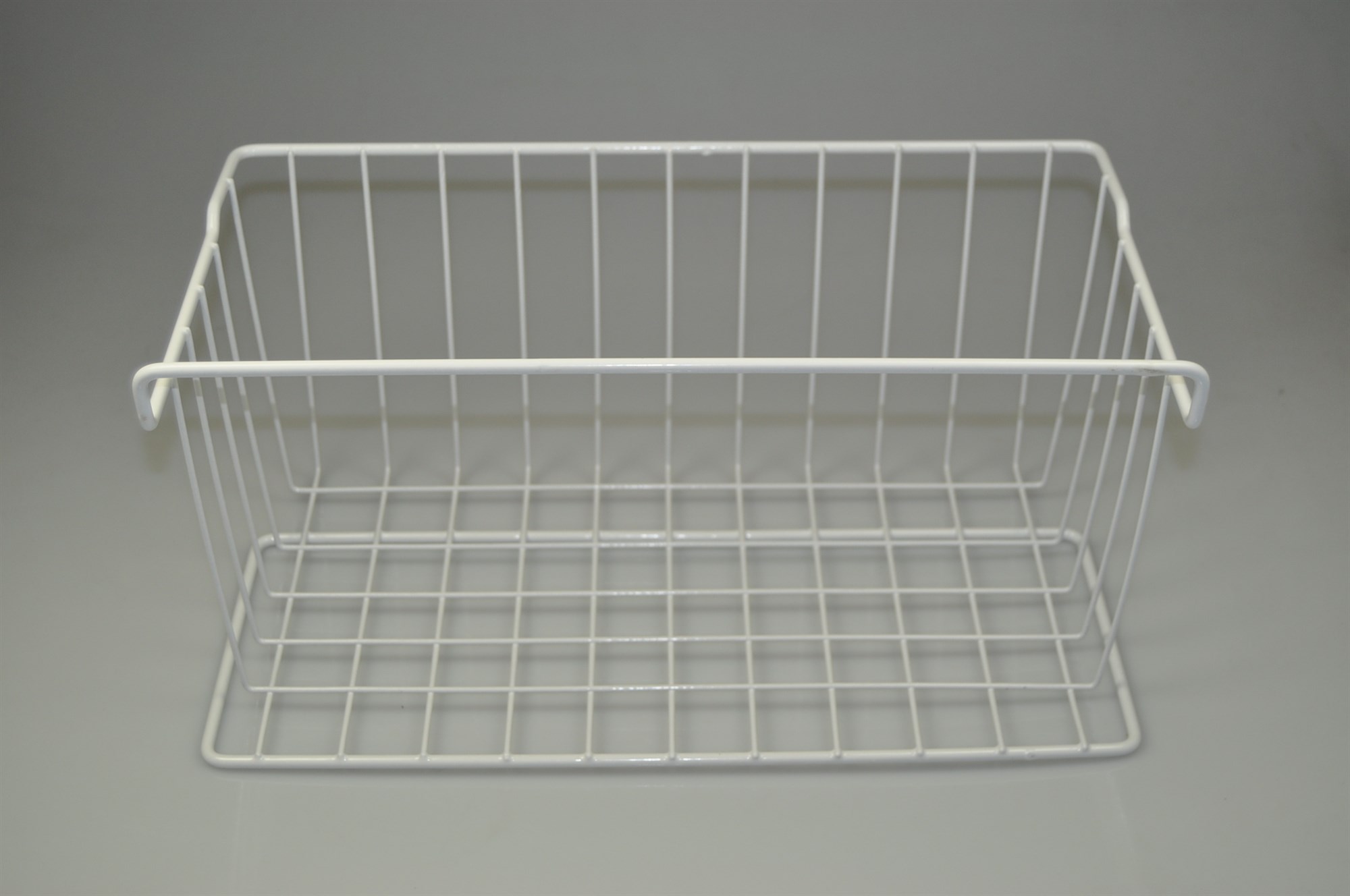
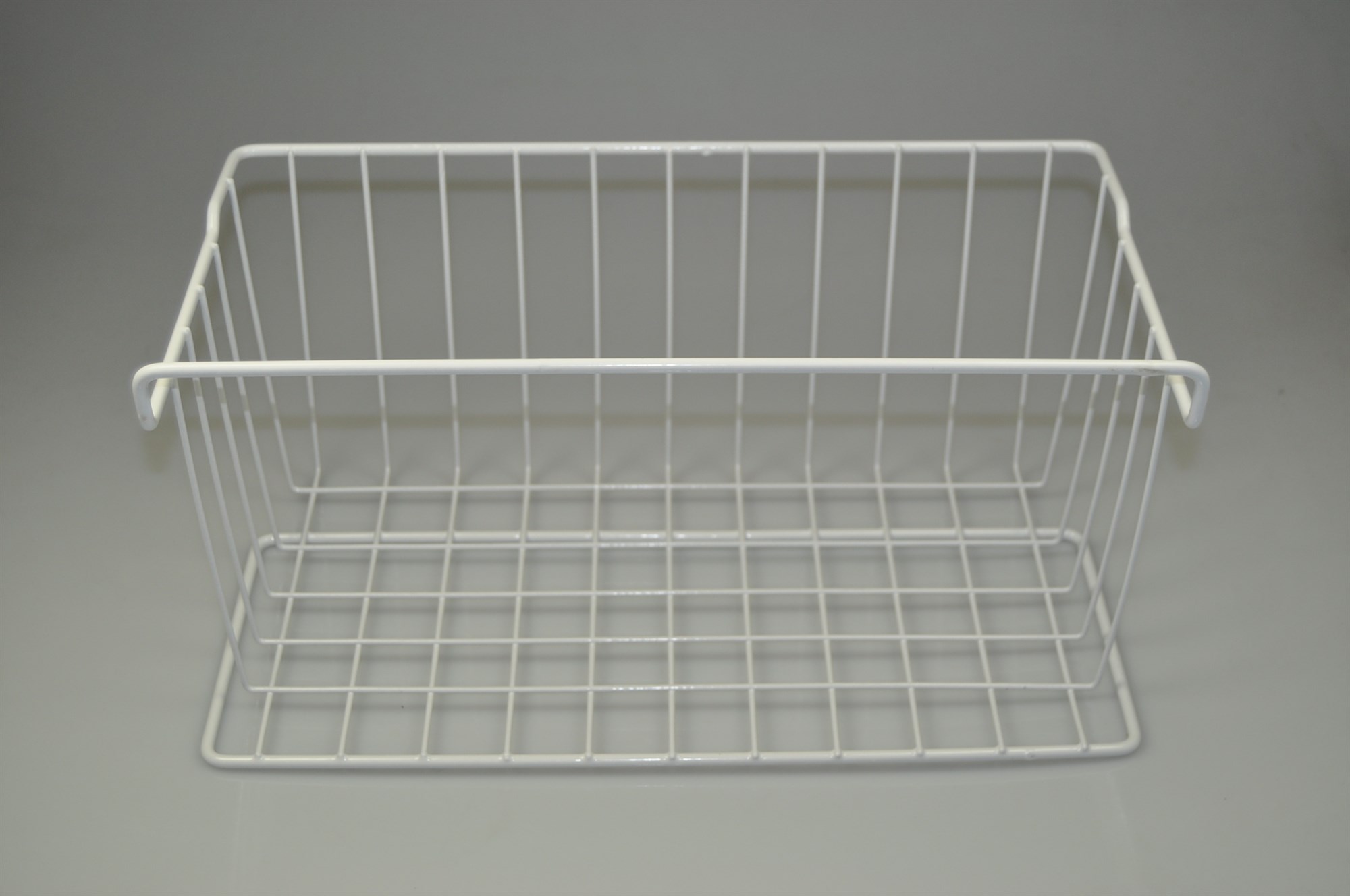
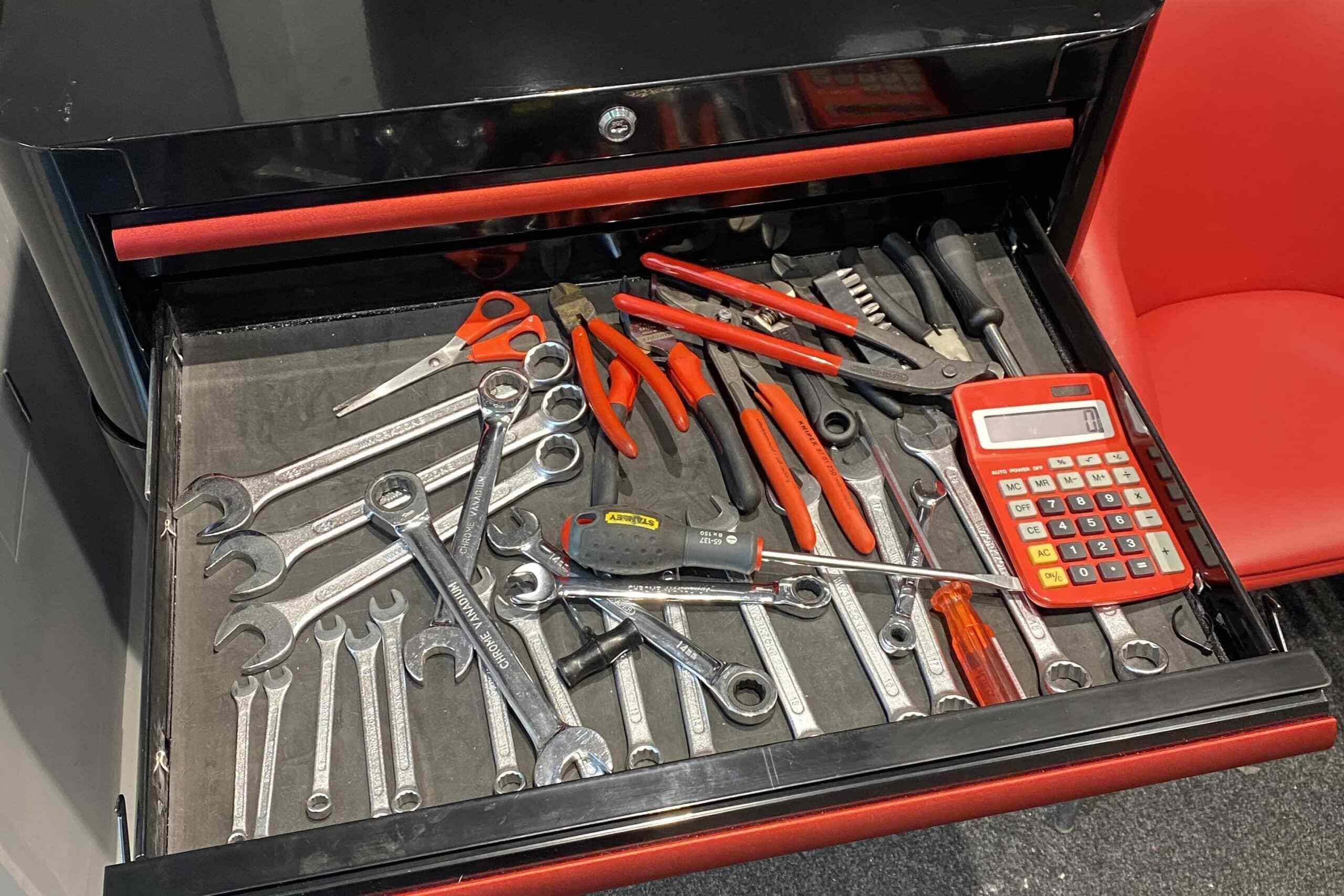

0 thoughts on “How To Organize A Freezer Chest”